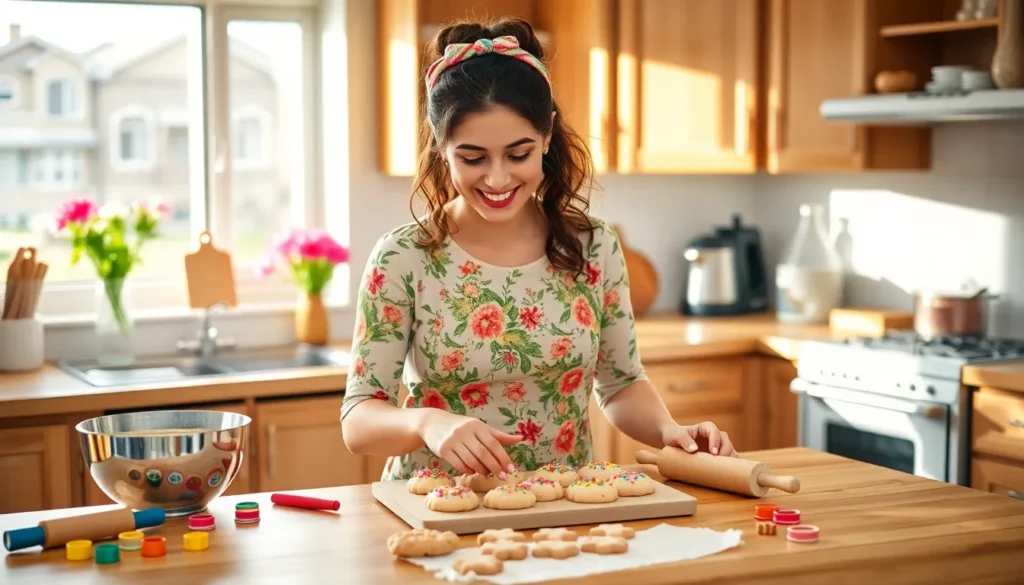Table of Contents
ToggleAs the sports industry continues to evolve, new concepts and strategies emerge that reshape how competitions are structured and perceived. In this dynamic environment, rate competitions and plateau deals are at the forefront of discussions among athletes, organizations, and fans alike. This article delves into the current landscape of sports competitions, highlighting the rise of rate competitions and exploring the concept of plateau deals while considering their implications on the future of sports.
Understanding the Current Landscape of Sports Competitions

The landscape of sports competitions has undergone significant transformations in recent years. Traditional formats are giving way to innovative models that not only elevate competition but also engage audiences more effectively. Athletes and organizations are now more than ever competing not just for titles, but for market share and viewership, leading to new dynamics simply not seen before.
This evolution is partly driven by the changing interests of fans and sponsors, who demand more engaging experiences. The results of this demand are reflected in various leagues adopting unique competition formats that resonate well with younger audiences. Also, globalization has played a crucial role in expanding the audience reach, enabling competitions to gain international traction.
Summarizing, the landscape of sports competitions is now characterized by innovation and adaptability, necessitating a keen understanding of emerging trends.
The Rise of Rate Competitions
Rate competitions have gained prominence as a new competitive framework within the sports industry. Unlike traditional competitions that focus solely on performance outcomes, rate competitions emphasize various metrics, including athlete engagement, audience participation, and team branding.
The model enables organizations to evaluate their success from multiple perspectives, encouraging a more holistic approach to competition. This shift has allowed teams and athletes to focus not just on winning, but on how well they connect with their fans and capitalize on their brand image. For instance, leagues that incorporate fan voting and interactive participation into their competitions enhance viewer engagement and create a more community-driven atmosphere.
Also, the rise of social media has further amplified the success of rate competitions. Fans can quickly interact, share opinions and engage with their favorite athletes or teams, contributing to a vibrant ecosystem surrounding competitions.
Exploring the Concept of a Plateau Deal
A plateau deal represents a unique agreement or arrangement that aims to stabilize and maintain consistent performance and revenue levels over time. This concept is essential in sports as organizations look to build sustainable models.
Key Factors Contributing to the Plateau Effect
Several key factors contribute to the plateau effect in sports competitions. These include market saturation, changes in consumer behavior, and the evolving nature of entertainment options. As leagues and teams grow, sustaining growth becomes increasingly challenging, leading to a point where performance levels off. The plateau deal acts as a proactive measure to mitigate these challenges by providing stability in revenue and fan engagement.
For example, a plateau deal might involve fixed sponsorship agreements, ensuring that teams receive consistent funding even as competition levels fluctuate. This creates a safety net, allowing organizations to focus on athlete development and enhanced competition experiences without the anxiety of fluctuating revenue streams.
Impacts on Athletes and Organizations
The impacts of plateau deals are multifaceted. For athletes, such agreements can provide job security and a clear pathway for career development. Knowing that they will have consistent support allows them to concentrate on their training and competitive performance. For organizations, having a predictable revenue flow means that they can invest in better facilities, training programs, and overall athlete welfare, eventually improving the quality of competition.
Future Trends in Rate Competitions
As the sports landscape continues to shift, several trends in rate competitions are beginning to surface, indicating where the industry is headed.
Strategies for Success in a Competitive Environment
To thrive in this new environment, organizations must develop strategic plans that emphasize adaptability and fan engagement. Implementing tailored marketing campaigns and creating personalized experiences for fans can significantly enhance loyalty and participation. Also, blending traditional methods with innovative technologies can now present unique ways to reach audiences.
Teams are also starting to see the importance of cross-promotion with entertainment sectors outside of sports, aiming to attract a broader audience base. By collaborating with other sectors such as gaming, music, and even fashion, sports organizations create a diverse, multifaceted appeal that could transform local events into global spectacles.
The Role of Technology in Evolving Sports Markets
The advancements in technology play a crucial role in shaping the future of sports competitions. Data analytics is now at the heart of decision-making processes, providing insights into athlete performance and fan engagement patterns. Besides, augmented reality (AR) and virtual reality (VR) are emerging as essential tools that can enhance the viewing experience.
With technologies continually evolving, organizations can expect to create more immersive experiences for fans, making them feel part of the competition in ways that were previously unimaginable. As a result, rate competitions will not only be measured by traditional metrics but will include fan involvement, satisfaction, and overall brand impact.
Conclusion
To conclude, the landscape of sports competitions is rapidly evolving, as demonstrated by the rise of rate competitions and the implementation of plateau deals. These developments signify a shift towards a more engaging and sustainable model, where both athletes and organizations can thrive. By understanding the current trends and harnessing technology, stakeholders in sports can create innovative pathways for success, ensuring that competitions remain relevant and impactful.







